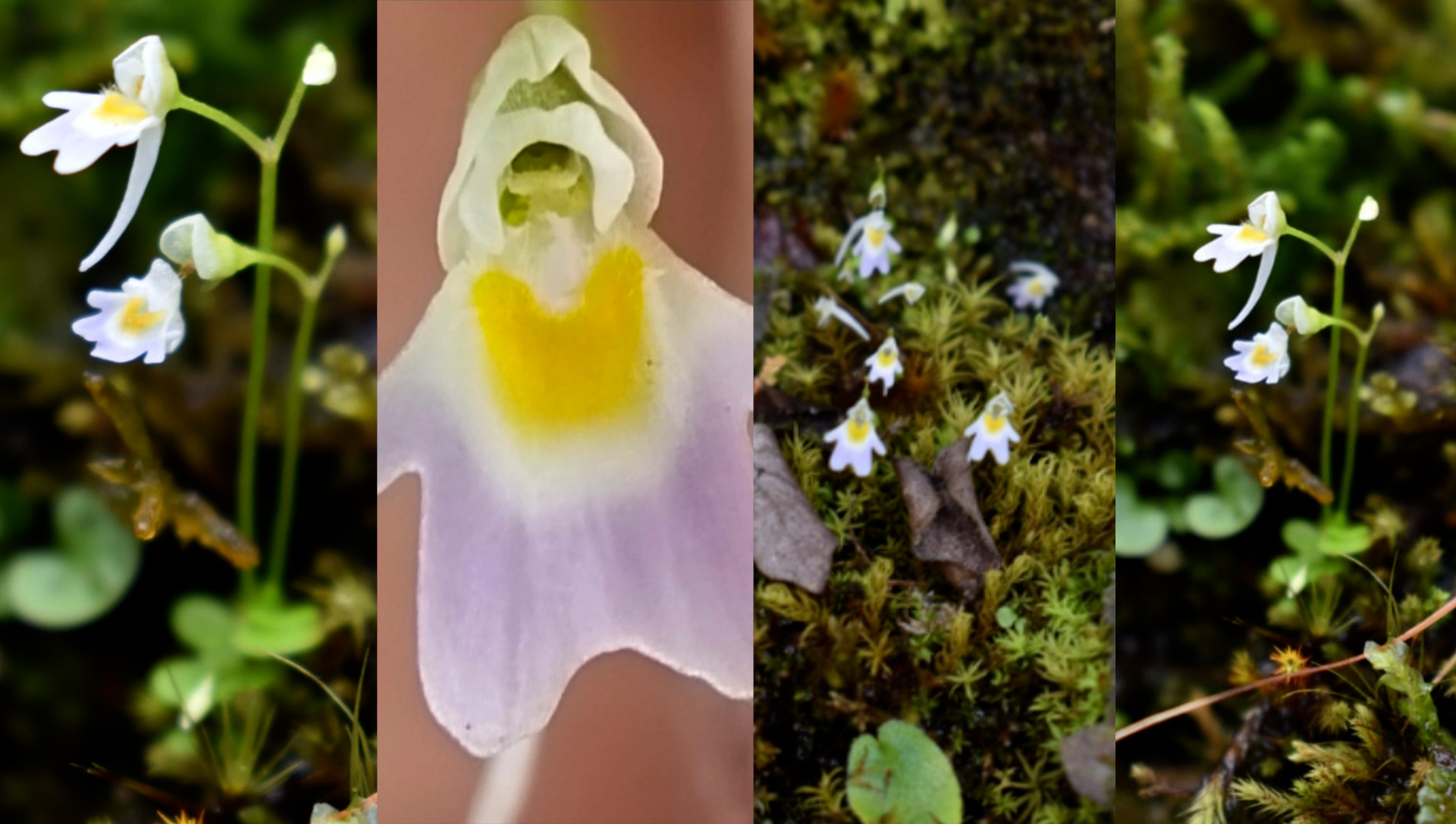DEHRADUN: A highly rare carnivorous plant species, not seen anywhere in India in more than three decades, has been discovered in Chamoli district in the western Himalayas for the first time, as per officials of Uttarakhand Forest Department.
Utricularia furcellata (Lentibulariaceae) was found in picturesque Mandal valley by a three-member team of the forest department’s research wing during a survey and exploration of remote localities of Garhwal Himalaya in September last year.
This species was not sighted in any part of India after 1986. It has been categorised as critically endangered in Peninsular Malaysia and put under the data deficient category in Bhutan by botanists.
The three researchers – Manoj Singh, Harish Negi, and Dr SK Singh – authored a paper on the discovery in the 106-year-old prestigious ‘The journal of Japanese Botany’. “It is the first such publication in this prestigious journal from the Uttarakhand State Forest Department,” Manoj Singh told The New Indian.
“The carnivorous species is known to occur in Meghalaya, Sikkim and West Bengal’s Darjeeling, China, Malaysia, Thailand and Bhutan, but was unrecorded in the Western Himalaya till now,” said Dr SK Singh, one of the authors and joint director of Botanical Survey of India Northern Regional Centre, Dehradun.
The study categories the species as “vulnerable” in Garhwal Himalayas “facing heavy biotic pressure within a tourist spot and needs immediate attention towards its in-situ protection”. It derives this conclusion based on earlier limited collections from Northeast India and the department’s report based on the small size of population (200 individuals).
This discovery has now extended its range of distribution westward.
Utricularia furcellata belongs to a genus which is commonly known as bladderworts that use one of the most sophisticated and developed plant structures for the trap. Its target range includes protozoa, insects, mosquito larvae, and even young tadpoles. Mostly found in fresh water and wet soil, it creates a vacuum or negative pressure area to draw prey inside the trap door.
Forest range officer Harish Negi, one of the authors of the paper, said, “The discovery was part of a study project of insectivorous plants in Uttarakhand approved by Research Advisory Committee (RAC) in 2019.”
Because of their completely distinct manner of arranging food through intelligent trap mechanisms in comparison to the photosynthesis mode of normal plants, carnivorous plants grow on poor nutrient soil. Since their medicinal benefits, there has been a renewed interest in the species among the scientific community across the world.
Earlier, the discovery of a rare orchid species Liparis Pygmaean by the research wing had found a place in the prestigious French journal Richardiana in September 2020.

